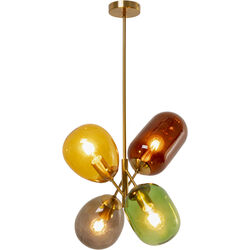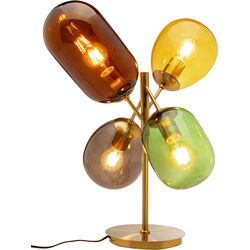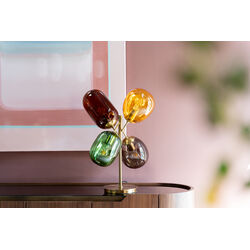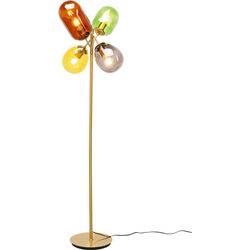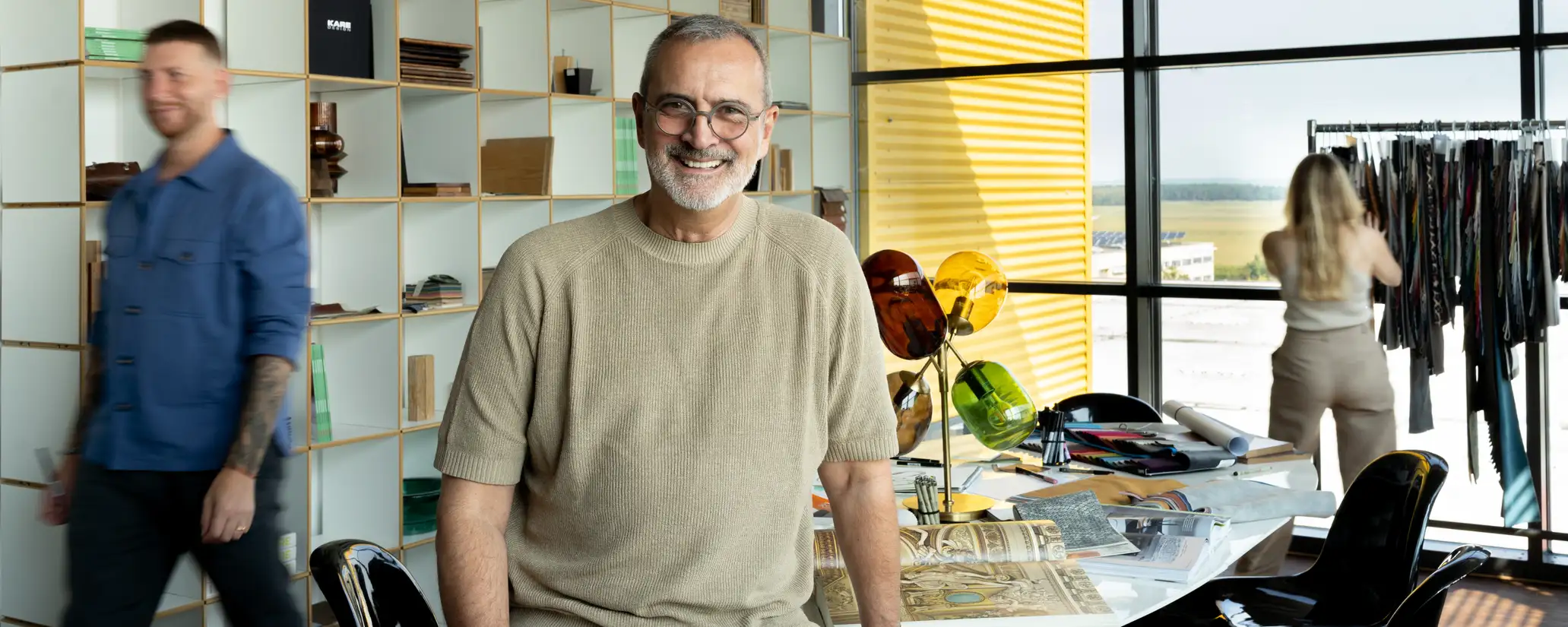
Inside the KARE Design Philosophy
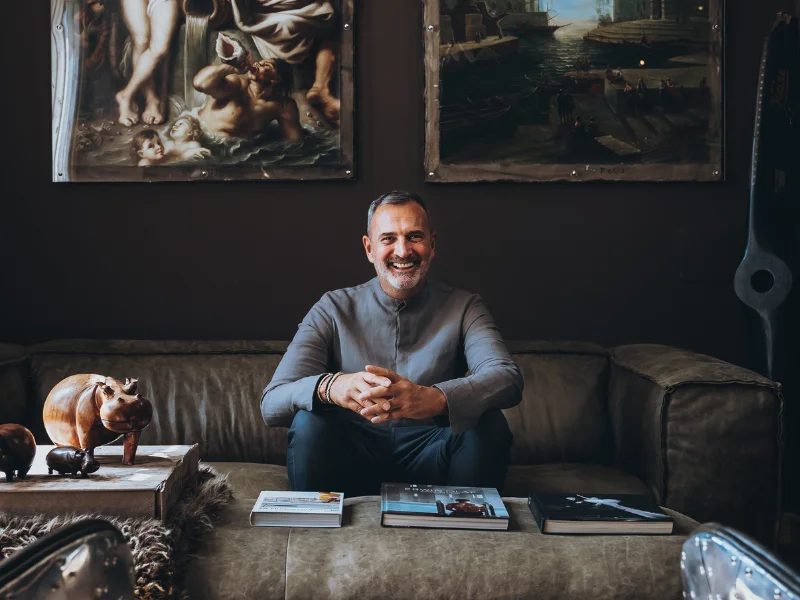
Jürgen Reiter – Co-Founder and CEO of KARE Design
Jürgen Reiter, who founded KARE in 1981 together with Peter Schönhofen, is not only the CEO but also continues to shape every collection as the head designer to this day. We had the privilege of getting a behind-the-scenes look at his design process.
"What sets us apart is that I am personally involved
and oversee the design process from the initial idea to the final product."
Jürgen Reiter, CEO of KARE Design

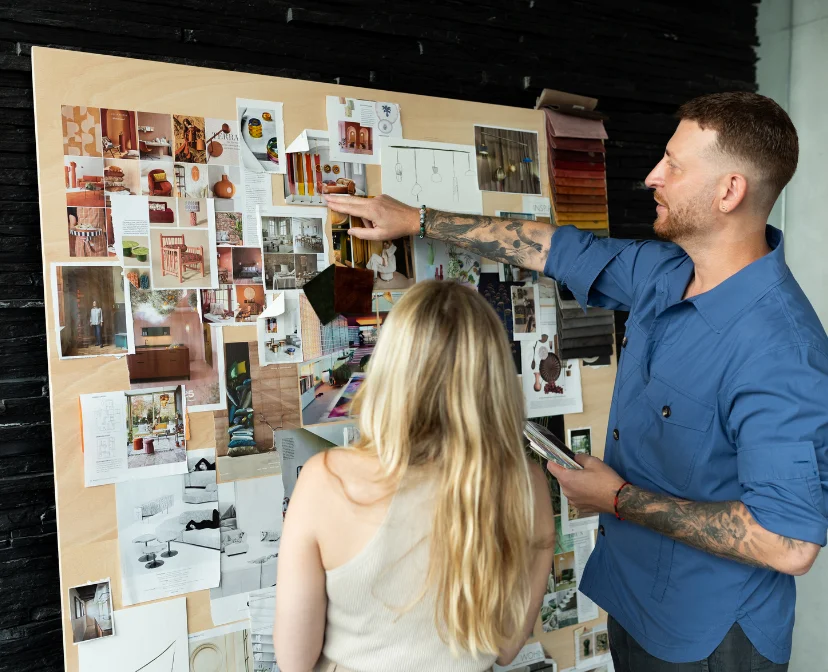
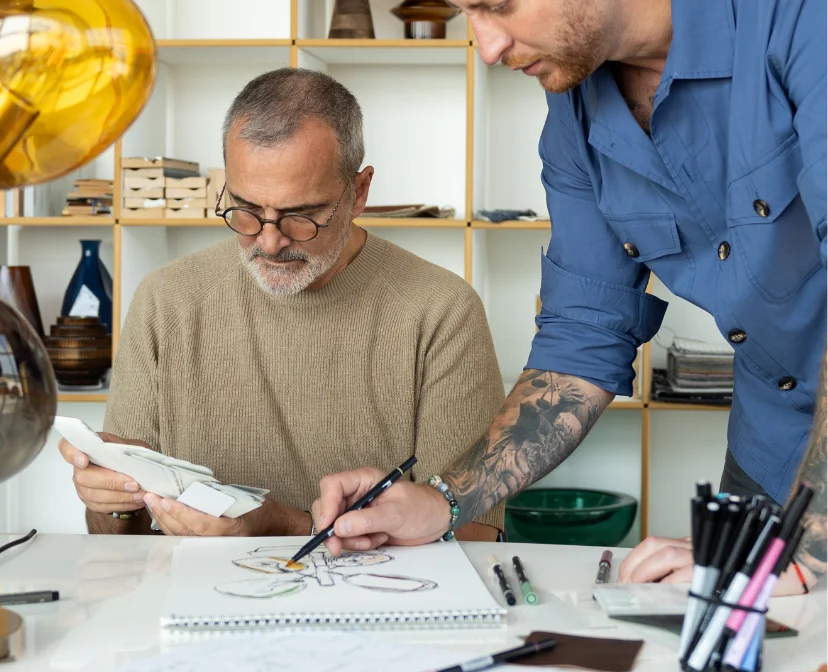
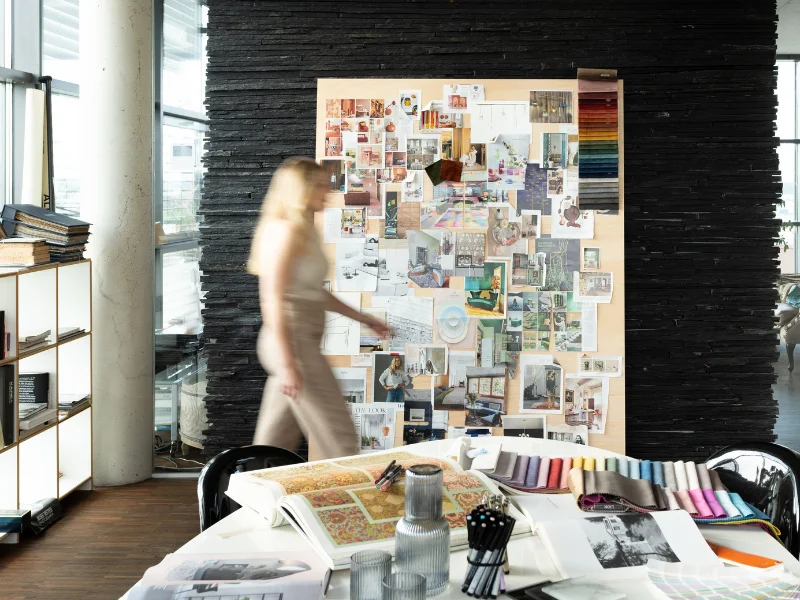
You mentioned your team – how does collaboration work, especially when it comes to new trends?
Jürgen Reiter: "Our team is made up of talented designers and trend experts. They closely monitor new developments in home living and explore how people envision making their homes a happy place."
The term "Hands-on-Design" plays an important role for you. Can you tell us more about it?
Jürgen Reiter: "'Hands-on-Design' means that we don’t just work theoretically at the drawing board or on a laptop. We creatively experiment with materials and colors, and maintain close, personal relationships with our manufacturers and workshops. This allows our expertise to merge with their decades of craftsmanship experience. The result is furniture that excites with its design, offers functional benefits, and stands for durability due to its high quality."
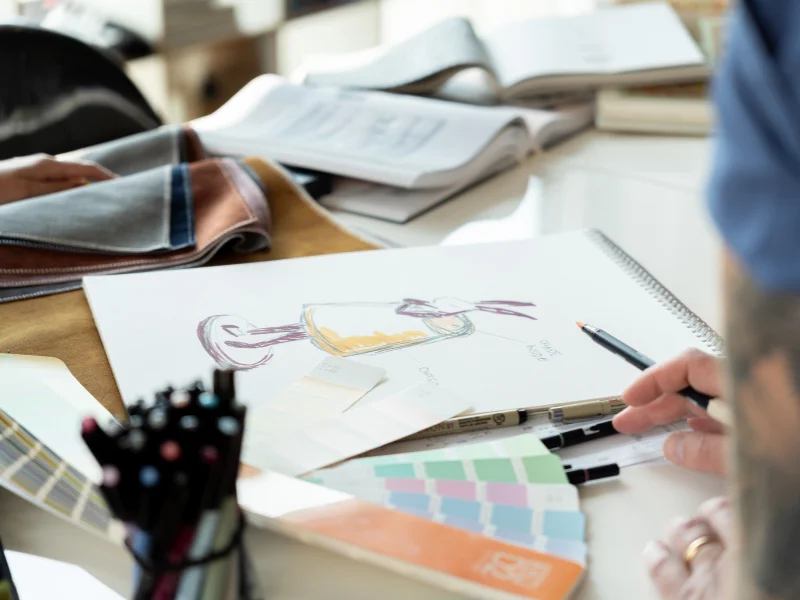
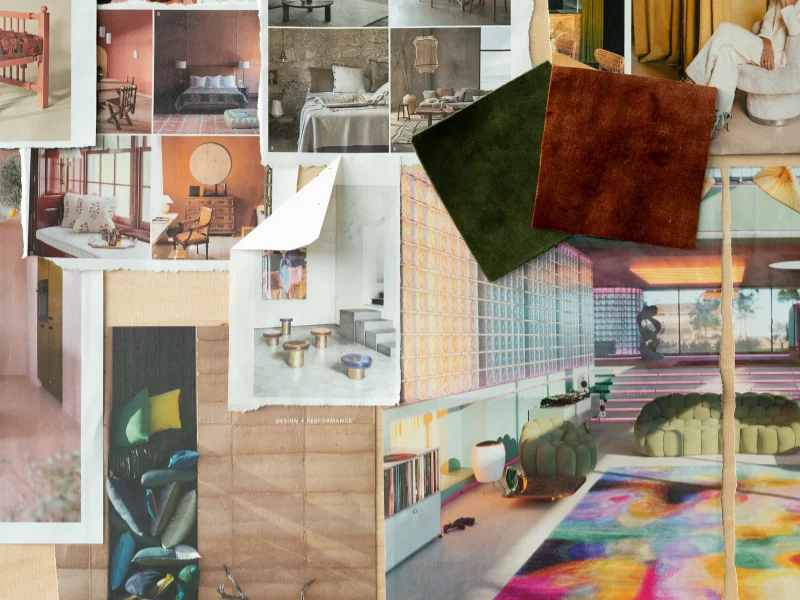
How do you manage to tailor the products to the regional market?
Jürgen Reiter: "Our target audience is international, and each market has its own demands. Some regions prefer minimalist designs, while others favor bold colors and striking shapes. To address this, we work closely with local partners and trend experts. This allows us to create products that follow global trends while also considering the cultural nuances of each market, without losing our own design standards."
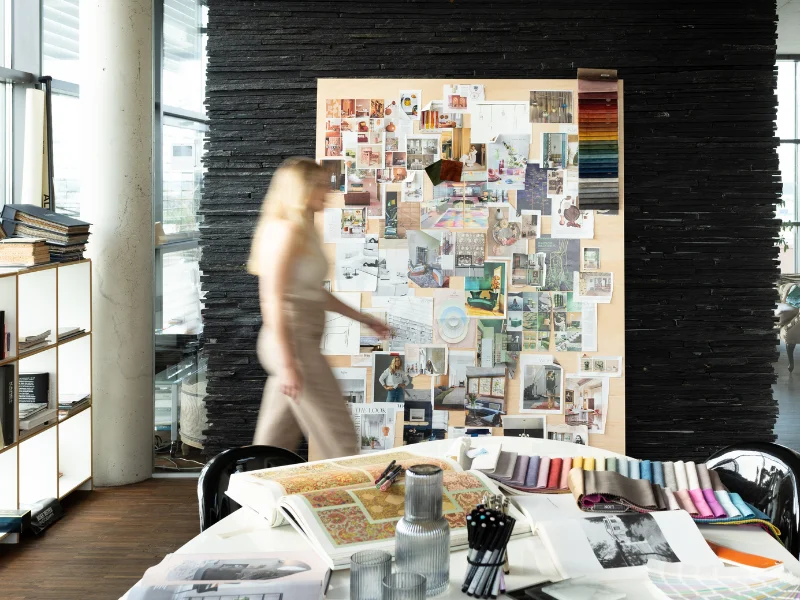
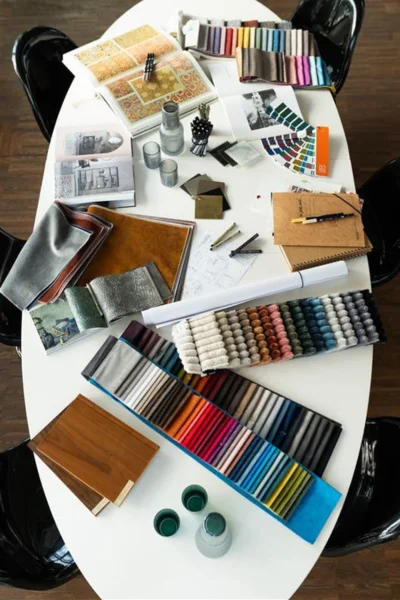
You also collaborate with well-known designers. Can you tell us more about that?
Jürgen Reiter: "Absolutely! Collaborations with renowned interior designers are an important part of our design strategy. They bring fresh perspectives and innovative ideas to our collections. One particularly exciting project is our current collaboration with Karim Rashid, one of the most famous designers in the world. This allows us to surprise our customers with extraordinary pieces—furniture that bears the signature of world-renowned designers and becomes an eye-catching statement with its expressive and individual design."
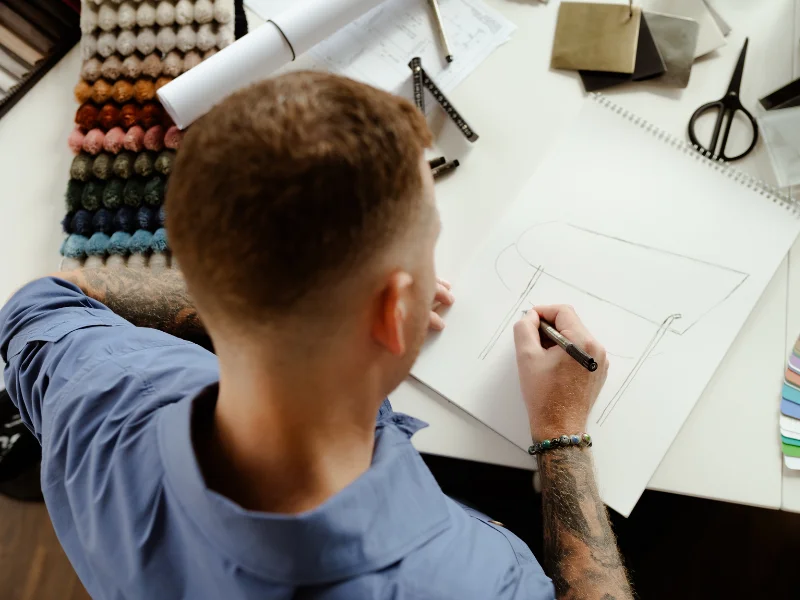
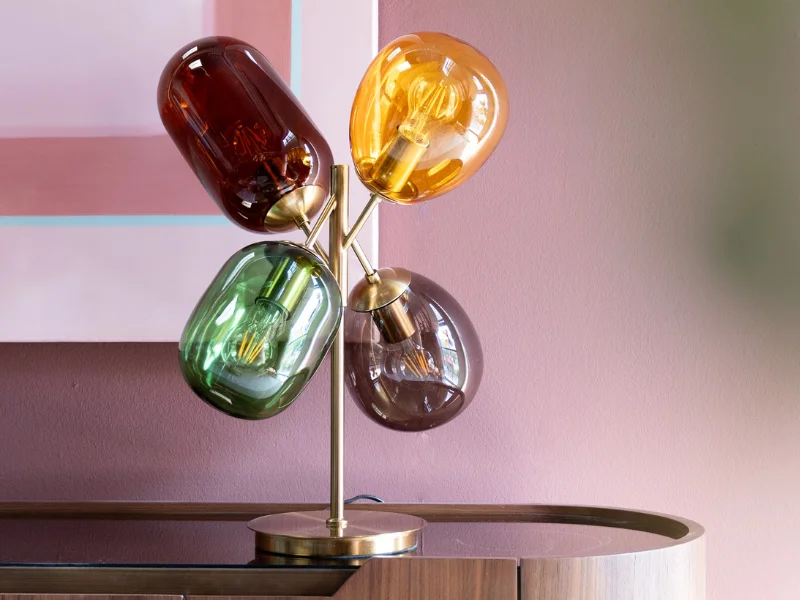
Inspiration Behind the Balloon-Dance Lamp
Jürgen Reiter: "The 'Balloon-Dance' lamp is heavily inspired by the retro style of the 60s and 70s, but with a modern twist. Organic shapes and smooth, flowing lines were key to the design. The glass bodies are meant to evoke floating balloons, gently dancing in the air. The colors—burgundy, green, and amber—reflect the warm, earthy palette of past decades, which is currently back in trend."
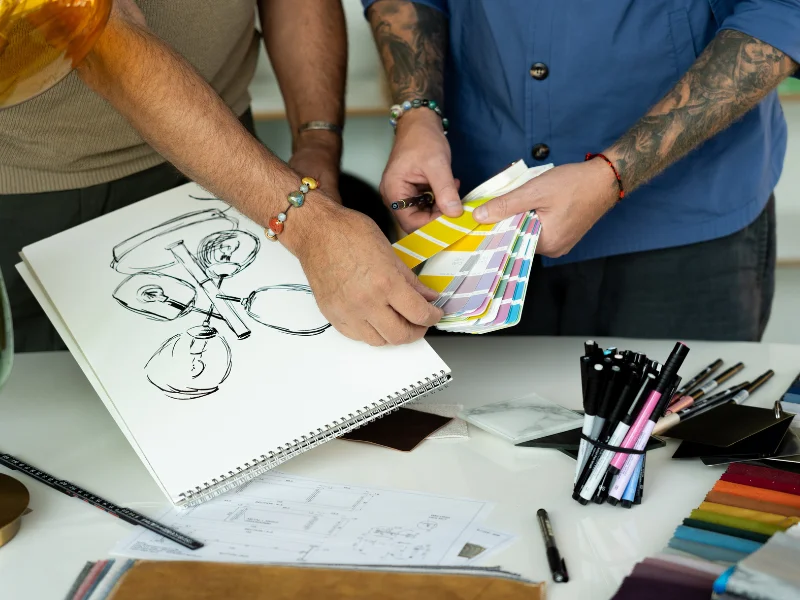
What was the creative process behind the production of this lamp?
Jürgen Reiter: "It started with a simple sketch on paper. It's important for me to develop the design by hand first to get a feel for the proportions and overall look. After that, I work closely with the glass manufacturers who craft the organically shaped glass shades by hand. It was particularly exciting to fine-tune the color nuances to find the perfect balance between retro charm and modern elegance."
In times of cheap furniture on discount marketplaces—how do you manage to stand out?
Jürgen Reiter: "The key difference lies in our commitment to quality. We've established a value scale for our company, where sustainability and responsible production are top priorities."
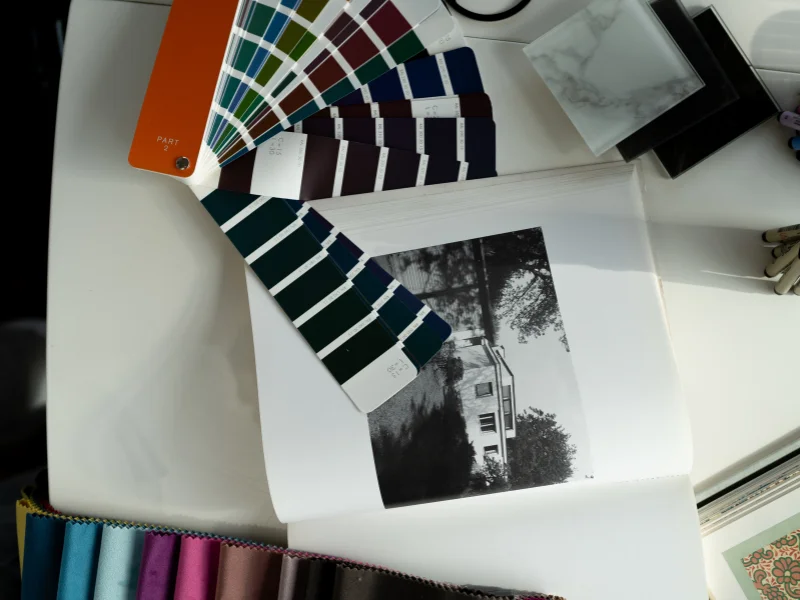
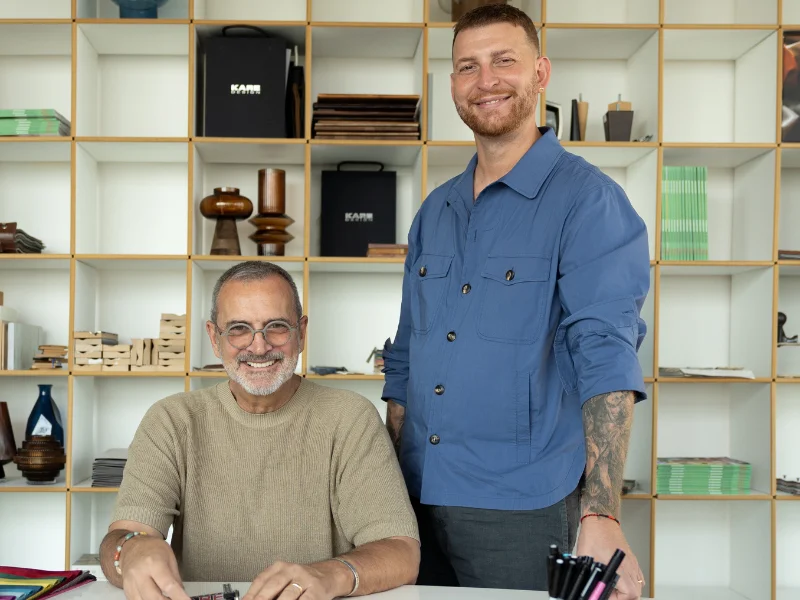
What can we expect from your design team in the future?
Jürgen Reiter: "We have many exciting projects in the pipeline! A key focus will definitely be the further development of sustainable materials. We’re designing furniture that is not only beautiful, unique, and functional, but also environmentally friendly."

